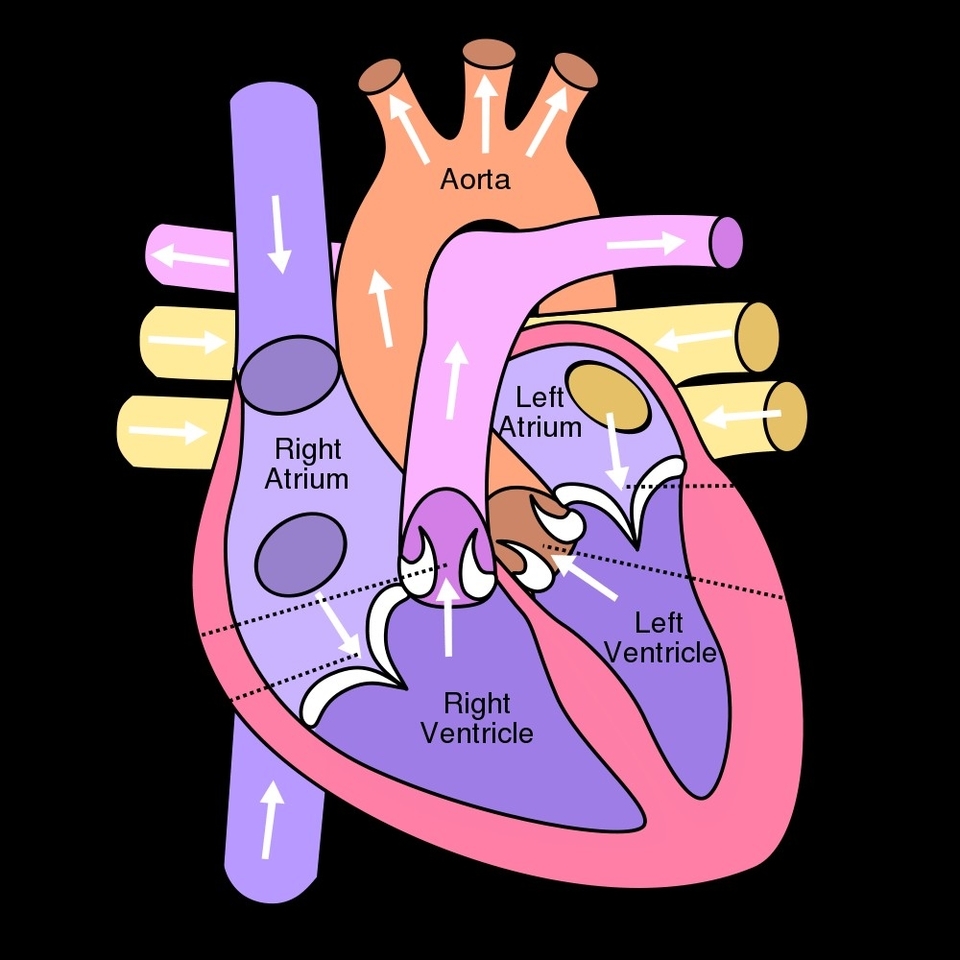Human Heart Anatomy
The human heart, a vital organ, is located between the lungs, slightly to the left of the center, behind the breastbone, and rests on the diaphragm. It is approximately the size of a closed fist. The heart’s primary function is to serve as a pump that circulates blood throughout the body.
tructure
The heart consists of several layers of a tough muscular wall, the myocardium. A thin layer of tissue, the pericardium, covers the outside, and another layer, the endocardium, lines the inside. The heart cavity is divided down the middle into a right and a left heart, each subdivided into two chambers.
Chambers
The heart has four chambers: two atria (upper chambers) and two ventricles (lower chambers). The right atrium and ventricle receive deoxygenated blood from systemic veins and pump it to the lungs, while the left atrium and ventricle receive oxygenated blood from the lungs and pump it to the systemic vessels, which distribute it throughout the body.
Valves
The heart valves ensure that the blood keeps flowing in the right direction. They act as gatekeepers, allowing blood to flow from the atria to the ventricles and from the ventricles into the two large arteries (the aorta and the pulmonary artery) while preventing backflow.
Blood Circulation
The heart, although a single organ, can be considered as two pumps that propel blood through two different circuits. The right atrium receives venous blood from the head, chest, and arms via the superior vena cava and from the abdomen, pelvic region, and legs via the inferior vena cava. Blood then passes through the tricuspid valve to the right ventricle, which propels it through the pulmonary artery to the lungs.
Coronary Circulation
The heart itself requires a supply of oxygen and nutrients to function. The coronary arteries, branching off the aorta, provide this blood supply. If these arteries become blocked, it can lead to a heart attack.
Conclusion
The human heart, with its complex structure and function, is a marvel of biological engineering. Its ceaseless work keeps us alive, circulating vital oxygen and nutrients throughout our bodies. Understanding its anatomy and how it works is crucial for maintaining heart health and for the treatment of heart diseases..


